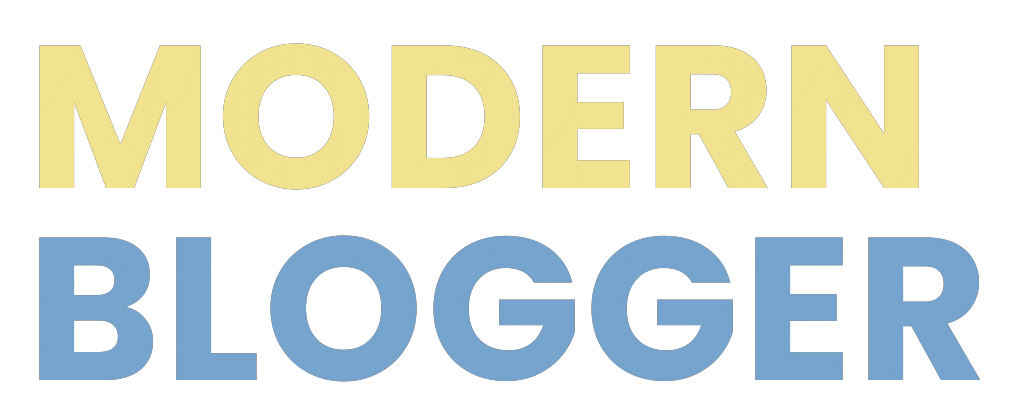Navigating Life with Panic Disorder and Agoraphobia
If you’re reading this blog, I am sure you are suffering, or one of your loved ones is suffering from anxiety or panic disorder. It can feel overwhelming and isolating, but you are not alone. Like you, I’ve faced the highs and lows of this condition, always looking for answers and remedies, yet hopelessness would always kick in.
After almost five years of suffering, I want to share my journey and the strategies that have helped me cope and regain the life I once had.
Note: I am not a mental health professional. I will be speaking from my own experience.
Understanding Panic Disorder and Agoraphobia
A panic disorder starts with a panic attack. It’s usually characterized by sudden episodes of intense fear accompanied by physical symptoms like a racing heart/palpitation, shortness of breath, tightness in the throat or chest, numbness, vertigo, and dizziness. Research suggests that an average person experiences a panic attack at some point in their life as a normal flight-or-fight response against threat or stress.
What sets normal episodes into a panic disorder is the frequent recurrence of the attacks, even without a known threat or cause. In my case, I felt constantly on the edge, anticipating another panic attack soon, overanalyzing situations, and avoiding triggers that would eventually limit my usual activities, hence the agoraphobia.
Agoraphobia, which often accompanies panic disorder, is the fear of being in situations where escape might be difficult or help unavailable during a panic attack. This combination can make everyday activities daunting, from grocery shopping to social gatherings, you name it. Just even going a few blocks away from the house would send your heart pumping hard and your vision spiraling.
My Story
I first experienced a panic attack during the burial of my grandfather. However, my attack was a result of post-traumatic stress combined with grief and days of sleeplessness during the wake. I was at the scene when my grandfather died, as he gasped for air until his last breath. It would not come to my mind for several days, and I would feel breathless.
I drank a coffee before going to the cemetery, and during the burial, I could hear my heart beating fast. With people around me crying and grieving, the emotions felt so heavy that I felt cold and could not breathe. And then the vision of my grandfather’s death swirled in my thoughts, the feeling of impending doom that aggravated the feeling as panic stepped in.
Days after that panic attack, I started to become hypervigilant with my body sensations, fearing I would feel that traumatic sensation again. The hypervigilance was sabotage, as little (supposed to be normal) triggers became worse, and each would lead to another attack. I could not sleep, I could not eat.

Attacks would still come out of nowhere—at work, watching movies, even waking me up in the middle of the night. Weeks passed, and as my family and I searched for answers to my condition, I did a series of medical tests, which came out normal. My doctor advised that I reach out to a mental health provider. That’s when I learned that I already developed panic disorder.
The initial intervention was counseling and talk therapy, but I did not seem to get better; in fact, it got worse. I had panic attacks on public transport and shopping centers, and I started avoiding them. I was so scared to go outside the house, even at night, sleeping with my parents, even though I was already an adult. This avoidance gradually expanded until I was also diagnosed with agoraphobia.
Life with Panic Disorder and Agoraphobia is hard. In fact, I became a Person With Disability for Psychological reasons. I realized that dealing with mental health problems is equally debilitating as those suffering physical illnesses.
What worked for me
Before I narrate what worked for me, please understand that each person has a different coping mechanism. What worked for me might not work for you.
Anyway, since therapy did not work, I reached out to a psychiatrist and was given medicines. It was a Selective serotonin reuptake inhibitor (SSRI) called sertraline and a benzodiazepine named Xanax. I was hopeful, but the night I took it, it had a terrible side effect. I woke up dizzy and nauseous, having chills and intense panic attacks. For the whole day, I was vomiting, and I knew something was wrong. The doctor said those meds didn’t fit me and it had to be stepped. Instead of finding another alternative drug, I did not reach out to the doctor again.
After two years of staying home, partnered with the lockdowns brought on by the pandemic, I was hopeless. I lost so much weight by that time. However, I refused to give up. I took a leap of faith and went back to my psychiatrist. We tried another SSRI called escitalopram. It had mild side effects for a couple of weeks, and then the effects went away eventually. Instead of Xanax, I took propranolol, a beta-blocker that slows down my heart rate in times when I feel a panic attack would come. It somehow calmed me down. Antidepressants don’t work right away, but after a month, I felt a bit better. I could already sleep and eat better than before.
I continued to take my medicines for the next two years. In the same years, I became more receptive to therapy interventions. I practiced coping strategies to calm me down. But the secret to overcoming panic and agoraphobia, apart from those, is the ability to let the feeling flow. By accepting the sensations and not controlling them, you begin to realize that panic and anxiety are just transient. True that they may be scary, but ten minutes later, it would soon subside. Another important thing is to face your fears. You can’t regain your life back if you don’t fight back. I started going outside, buying groceries, and attending gatherings. I started small steps, like walking the closest block or bringing a paper bag with me in case I felt I would hyperventilate or I had someone close to accompany me during the gradual exposure.

Believe me, I tried all the coping strategies like breathing techniques, yoga, meditation, and spiritual interventions, but none of them worked. I had to sit with the sensations to learn and accept that they are now part of my being. The medicines made them more manageable as well.
I had a support system, too. Talking openly with friends and family about my struggles has provided invaluable support and understanding. Keeping my situation from the world just worsened me, fearing to be looked weak or dying. But I don’t have to worry about what people say!
Advice for Others
If you’re navigating life with panic disorder and agoraphobia, remember that progress takes time. It took me years to cope with this and regain life.
Healing is not linear. There will be ups and downs. There will be relapses along the way, but remember that you are not starting from zero. Be patient with yourself, celebrate small wins, and don’t hesitate to seek help. Your mental health is worth investing in, and there is hope for improvement.
Life Now
While I’m not entirely free from panic attacks or agoraphobia, I’ve reclaimed many aspects of my life. I can now manage my anxiety better, and I’m learning to enjoy moments that I once dreaded.
There are days when I struggle to go out, but that’s okay. There are good and bad days. In navigating life with Panic Disorder and Agoraphobia, every small victory, like visiting a new café or attending a social event, is a step forward.
Whenever there’s an opportunity to heal, grab it. If you think that decision is scary, do it anyway. As of this writing, I am pushing to study in New Zealand, miles and miles away from my home—ALONE.
It’s scary, but I will take a leap of faith into healing, and I hope you will, too!
Resources
Here are some resources that helped me. They didn’t pay me to advertise lol.
- Books: Don’t Feed the Monkey Mind: How to Stop the Cycle of Anxiety, Fear, and Worry; The Mountain Is You: Transforming Self-Sabotage into Self-Mastery; The Anxious Truth : A Step-By-Step Guide To Understanding and Overcoming Panic, Anxiety, and Agoraphobia
- Apps: Calm, Headspace
- Podcast: The Anxious Truth
I’d love to hear your stories and the strategies that help you cope. Feel free to share in the comments below!








One Comment